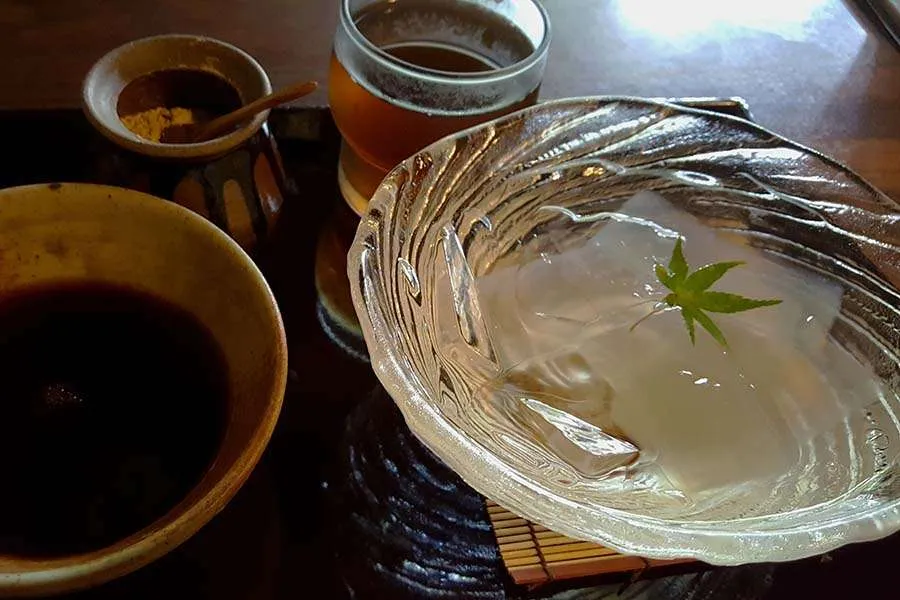Are Japanese desserts and sweets good?
Are Japanese desserts and sweets good? Are they worth trying?
It can be a little tricky question. 和菓子 (wagashi, traditional Japanese deserts) usually use natural ingredients Japanese could find in the natural environment in pre-modern era. So you will basically experience recipes Japanese had developed way before they had access to abundant amount of refined sugar, flour, a variety of dairy products, chocolate etc.
There’s another element in traditional Japanese desserts. If you know about sado (traditional Japanese ceremony), you may also know that you are served some sweets to go with tea. And as one of sado’s essences is to celebrate and appreciate the season you are in, the desserts are also designed to represent seasonality. Not only do they try to use ingredients of the season, the design often incorporates seasonal details. (Spring flowers, gold fish (summer), autumn leaves, snow…) Traditional Japanese desserts and seasonality are almost always go hand in hand. And as they are made small, they look like pieces of art. So aesthetically pleasing.
Here are some wagashi traditional desserts (with some modern twists).
錦玉羹 (Kingyokukan)
錦玉羹 (kingyokukan) is traditional Japanese version of jelly. But when the mold the juice, they put a lot of pretty stuff in it so that it represents seasonal items. Jelly uses water and usually eaten cold, so it’s a summer desert. They are just so pretty. (Those in the pictures below are almost bite-sizes.)
Yokan is also Japanese version of jelly using red beans. It’s a popular desert that you will find in a lot of places in Japan. (Read more about yokan)
Many yokan varieties are summer deserts, so there are pretty designs that incorporate summer items such as fireworks, watermelon, pineapples (tropical).
豆菓子 (Mame gashi)
豆菓子 (mamegashi) is made by wrapping a peanut with dough. You treat them high heat to make them crunchy and then season with soy sauce, sugar etc. They are kids’ snack you won’t be able to stop eating! MUJI offers mamegashi snack.
白玉団子 (shiratama dango) is basically mochi. This is the desert you can make at home. (here’s the recipe) If you like mochi, it’s worth trying shiratama dango.
かき氷 (Kakigori, shaved ice)
I live in California and there is a small local Japanese store that still sell kakigori (Japanese shaved ice) using traditional machine (I can be wrong, but it’s non-electric). The flakes of ice is a lot thinner and flaky compared to regular shaved ice, so they feel a lot lighter. Japanese these days are becoming creative to offer shaved ice varieties that use special kind of ice, shaving technique and sauce. If you happen to travel to Japan in summer, it will be worth trying kakigori.
小豆 (Azuki)
In this specific dish, azuki (red beans) was used as part of the sauce. If you don’t like anko (red bean paste), you might try azuki as sauce because it feels a lot less dense.
くずきり (Kuzukiri)
Kuzukiri is made of starch from a plant named kuzu. It has soft, slightly elastic (rubbery) texture. Usually served like fat noodle, you eat cold kuzukiri with sweet sauce in summer.
まんじゅう (Manju)
Manju has a lot of variety, but it’s basically the combination of anko (red bean past) and dough that wraps it. This manju celebrates cats!











































